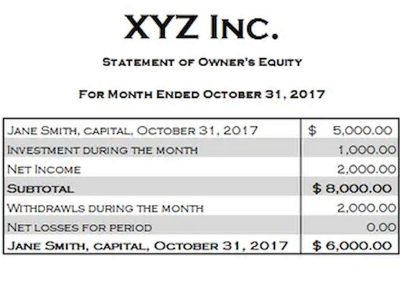
If the market price of inventory fell below the historical cost, the principle of conservatism required accountants to use the market price to value inventory. As net realizable value technology evolves and production capabilities expand, unsold inventory items may quickly lose their luster and become obsolete. This is true for even recently manufactured products; companies not in tune with market conditions may be producing goods that are already outdated. The LCM method ensures that declines in market value are reflected in the financial statements, preventing the overstatement of assets and ensuring accurate financial reporting. A tech company has 500 units of an older model smartphone with a historical cost of $300 per unit. Due to the release of a new model, the estimated selling price drops to $250 per unit, with $20 costs to complete and sell each unit.

1.2 Recording LCNRV loss as separate account and directly in inventory
It records inventory at the lower value between the initial cost price or the net realizable value (the amount from selling the inventory minus all relevant costs). Suppose the cost to produce a product is £100 and the selling price in the market is £120. Despite the cost being £100, as per the LCNRV rule, the company should record the inventory at £90, as £90 is the lowest between the cost and NRV. In the intriguing world of Business Studies, you’ll often encounter the principle ‘Lower of Cost or Net Realizable Value’. This concept plays a pivotal role in inventory management and financial reporting. This insightful breakdown will equip you with an understanding of this critical financial principle.
List of Sources and Further Reading Materials
Modern accounting practices have evolved to ensure that financial statements provide a true and fair view of an organization’s financial health. One critical aspect is the valuation of inventory, which directly impacts profitability and asset reporting. The principle of Lower of Cost or Net Realizable Value (LCNRV) plays a pivotal role in this process. For example if product can be sold individually and its selling price and related costs and can be determined independently then for this product LCNRV rule will be applied on individual basis. If product is of such nature that its NRV cannot be determined on individual basis as it has to be sold with other https://www.bookstime.com/articles/accountant-for-startups products as a package then rule will be applied on group basis.
Relevant Accounting Standards (e.g., IFRS, GAAP)

If the NRV is lower than the historical cost, the inventory is written down to the NRV. Inventory valuation methods are diverse, each offering unique advantages and challenges. The choice of method can significantly influence financial outcomes and strategic decisions. One widely used approach is the First-In, First-Out (FIFO) method, which assumes that the oldest inventory items What is bookkeeping are sold first.
Weighted Average Cost

In contrast, the Generally Accepted Accounting Principles (GAAP) in the United States also adhere to the LCNRV principle but offer some flexibility in its application. For instance, under GAAP, companies can use the Last-In, First-Out (LIFO) method for inventory valuation, which is not permitted under IFRS. This divergence can lead to significant differences in financial reporting, particularly for multinational corporations that operate under both sets of standards. Understanding these nuances is crucial for stakeholders who rely on financial statements for decision-making, as it affects the comparability and reliability of the reported financial information. Conversely, the Last-In, First-Out (LIFO) method assumes that the most recently acquired items are sold first.

